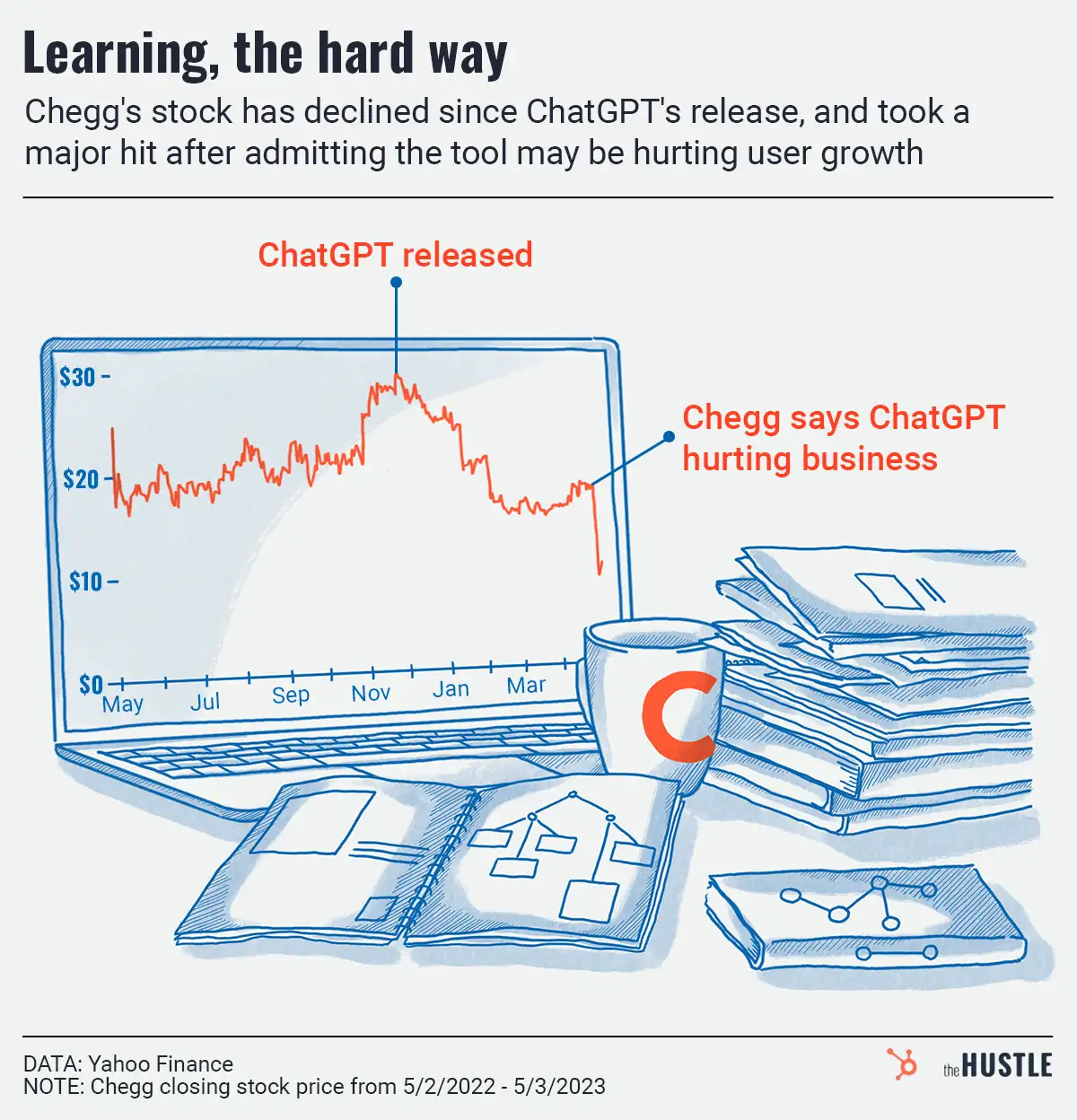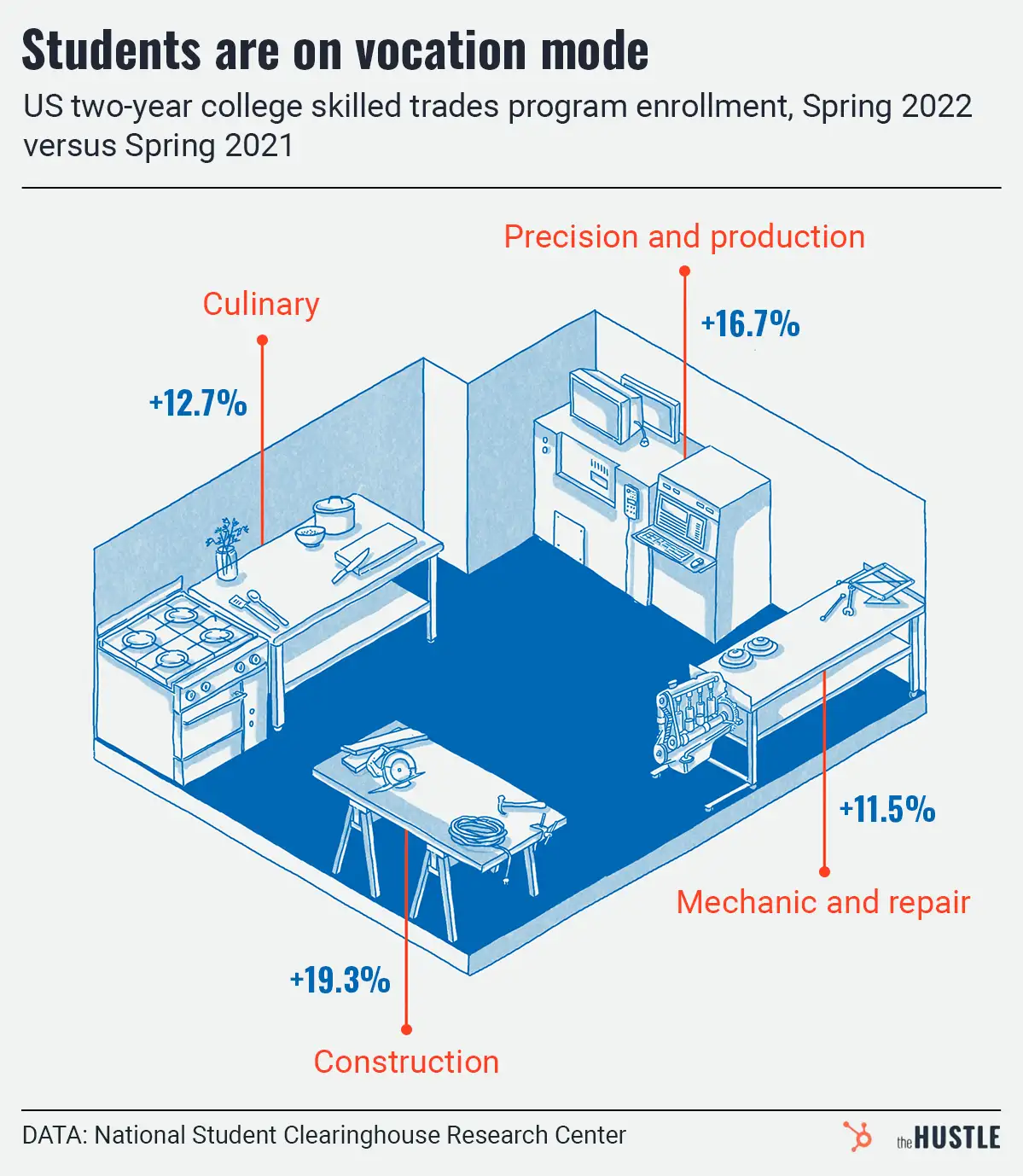In case you need more proof that COVID-19 has set the clock back: The hottest trend in higher ed right now is… MOOC learning.

Sound familiar? Back in the day, MOOCs — short for Massive Open Online Courses — were supposed to democratize education. They attracted splashy investments and buy-in from Ivy League universities, but the reality didn’t live up to the dizzying hype.
Now, years after experts declared the model dead, quarantiners can’t get enough. MOOC companies like Coursera have signed up 10m new users since mid-March, and edX and Udacity have seen similar upticks.
Moo… come again?
Let’s rewind to 2012: A new disruptor had just parachuted into higher ed, and the Yales of the world were quivering in fear. The New York Times called it the “year of the MOOC.”
In theory, MOOCs were going to bring quality education right to your home. Most had a mix of free and paid courses, and the results were unwieldy: Some classes featured 160k students from around the globe. (Just imagine the group projects in that one.)
The problem was, most people signed up for free — then never finished their classes. Course completion rates hovered around 10%. Paid courses had better outcomes, but few people bought in.
MOOCs never actually died
When the hype cycle abandoned them, the most successful companies pivoted to teaching skills. They started offering 4 to 6-month “nanodegrees” — 10 hours a week, about $1.2k per course per student — in Python, TensorFlow, and other programs.
Turns out, that model is perfect for a moment when people a) have far too much free time and b) need new work opportunities.
We’re already seeing a resurgence of early 2010s nostalgia, so why not revive MOOCs, too? Just one request: If we collectively resurrect 2013, let’s bring the doge with us.










